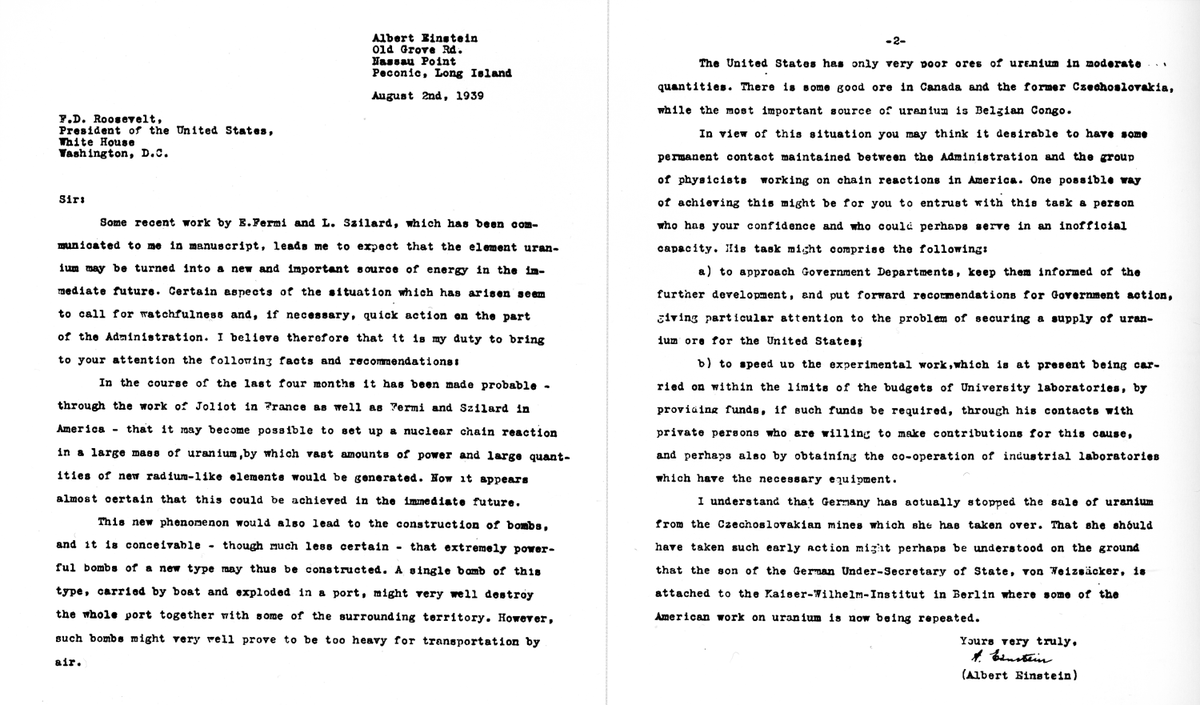
Imagine a giant cloud. A really giant cloud. Like, trillions of miles wide. Now, imagine it is in outer space, made out of dust and gas.
What you may (or may not) be imagining is called a nebula.
It’s time for a thread👇👇👇
What you may (or may not) be imagining is called a nebula.
It’s time for a thread👇👇👇
1) Nebulae (the plural of nebula) are closely associated with the birth and the death of stars.
Some nebulae are nicknamed “star nurseries” because they are regions where new stars are being born.
Some nebulae are nicknamed “star nurseries” because they are regions where new stars are being born.

2) Stars form when gravity pulls together the dust and gas (mostly hydrogen and helium) that make up the nebula.
Other nebulae are formed from the elements thrown out by the explosion of a dying star, like a supernova.
Other nebulae are formed from the elements thrown out by the explosion of a dying star, like a supernova.
3) There are four types of nebula.
First, Planetary Nebulae: Created when a star blows off its outer layers after it runs out of fuel to burn.
They are called “planetary” because they are round- like planets.
At the center of this nebula is the glowing leftover of a star
First, Planetary Nebulae: Created when a star blows off its outer layers after it runs out of fuel to burn.
They are called “planetary” because they are round- like planets.
At the center of this nebula is the glowing leftover of a star

4) Second, Emission Nebulae: A hot, glowing type of nebula, heated by absorbing the light of stars.
This type of nebula is typically the site of recent and ongoing star formation.
This type of nebula is typically the site of recent and ongoing star formation.

5) Third, Reflection Nebulae: This nebula shines by reflecting the light from nearby stars.
The brightest Reflection Nebulae are near places where new stars are being formed.
It differs from an Emission Nebula in that it does not emit its own light.
The brightest Reflection Nebulae are near places where new stars are being formed.
It differs from an Emission Nebula in that it does not emit its own light.

6) And finally, Absorption Nebulae: Nebulae so thick they block light from the regions of space behind them.
As light from space reaches an Absorption Nebula, it is absorbed and cannot pass through.
These are sometimes also called “Dark Nebulae”.
Now, onto some history...
As light from space reaches an Absorption Nebula, it is absorbed and cannot pass through.
These are sometimes also called “Dark Nebulae”.
Now, onto some history...

7) Nebulae were observed as early as 150 AD, when the Greek polymath Ptomoly noted a region of space that “appeared nebulous”.
In the following 1,500 years, observations of nebulae were also made by Persian and Chinese astronomers.
In the following 1,500 years, observations of nebulae were also made by Persian and Chinese astronomers.
8) Things really picked up in the 1600s, when three different astronomers discovered the Orion Nebula independently.
This was triggered by the invention of the telescope in 1608.
Soon, the term “nebula” was applied to any interstellar object that was not a star.
This was triggered by the invention of the telescope in 1608.
Soon, the term “nebula” was applied to any interstellar object that was not a star.
9) It wasn’t until the early 1920s that astronomers began differentiating between actual nebulae and things that just looked like nebulae through weak telescopes (things like galaxies).
10) Can you see nebulae?
Well, the easiest nebula to observe is the Orion Nebula, located between the three stars that form the Orion Constellation (AKA “The Hunter”). This is an example of an Emission Nebula.
The Hunter is usually visible to the naked eye.
Well, the easiest nebula to observe is the Orion Nebula, located between the three stars that form the Orion Constellation (AKA “The Hunter”). This is an example of an Emission Nebula.
The Hunter is usually visible to the naked eye.

11) Don’t be disappointed: Although these interstellar clouds are known for their fluorescence, they are typically too dim to trigger our color receptors when viewed with the naked eye.
NASA uses a photo editing technique to expose the brilliant colors associated with nebulae.
NASA uses a photo editing technique to expose the brilliant colors associated with nebulae.
12) Bonus Fact: Although nebulae are giant, they don’t typically have much mass (just like clouds on earth)… A nebula as big as our planet would only weigh as much as a cat! 

13) If you learned something, you should check out BrainFeed, the internet’s most interesting email that explains everything you should know in 4-minute bites.
Subscribe for free: brainfeed.co
Subscribe for free: brainfeed.co
• • •
Missing some Tweet in this thread? You can try to
force a refresh






